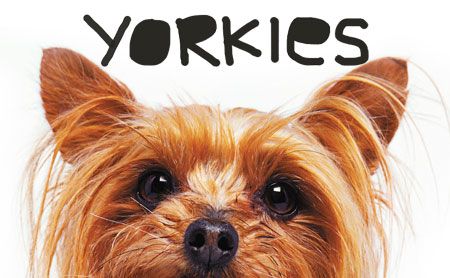The recognized risks in Yorkshire terriers
Like all small breeds, these lovably feisty companions have a few risk factors that come with the territory.

Photo: Getty ImagesYorkshire terriers are definitely not an ancient breed-the earliest ancestors were kept by Scottish weavers for catching rats. But even with the breed's short spans of existence, it has changed considerably over the years: Yorkies went from weighing as much as 12 to 15 pounds to today's size, where they must weigh seven pounds or less.
The Yorkshire is best known for being a lively, robust toy breed that often becomes the aggressor against large breed dogs, resulting in the need for surgical repair after a fight goes bad. Despite the occasional tiff, their feisty nature is a part of what makes Yorkies such desirable pets. They are lively, lovable and affectionate with their masters.
But, like with all breeds, Yorkshire terriers come with risk factors in health.

Photo: Getty ImagesCardiorespiratory risks
Myxomatous atrioventricular valvular degeneration: This occurs more frequently in older, smaller breeds of dogs. There is deposition of mucopolysaccharide into subendothelial layer of the valve leaflets, causing them to become thickened and stiff, leading to regurgitation of blood into the atrium. In Yorkshire terriers, the mitral valve most often appears to be involved.

Photo: Getty ImagesGastrointestinal risks
Like other toy breeds, the Yorkshire terrier is predisposed to juvenile hypoglycemia. The liver being unable to convert glucose to glycogen to be stored for future use is believed to be the cause to this condition.

Photo: Getty ImagesDentition risks
A common problem for the toy breed is the retention of primary teeth.
Neurological risks
Atlantoaxial subluxation due to congenital absence of the dens occurs in Yorkies.
This condition allows the axis to rotate dorsally, compressing the spinal cord between the axis and the dorsal arch of the atlas.
Neurological signs range from neck pain to tetraplegia. This condition is often chronic with gradual progression of neurologic signs.

Photo: Getty ImagesUrogential risks
Yorkshire terriers appear to have a predisposition toward urolithiasis. Calcium oxalate is a particular problem with the breed being prone to crystalluria, nephroliths and uroliths.